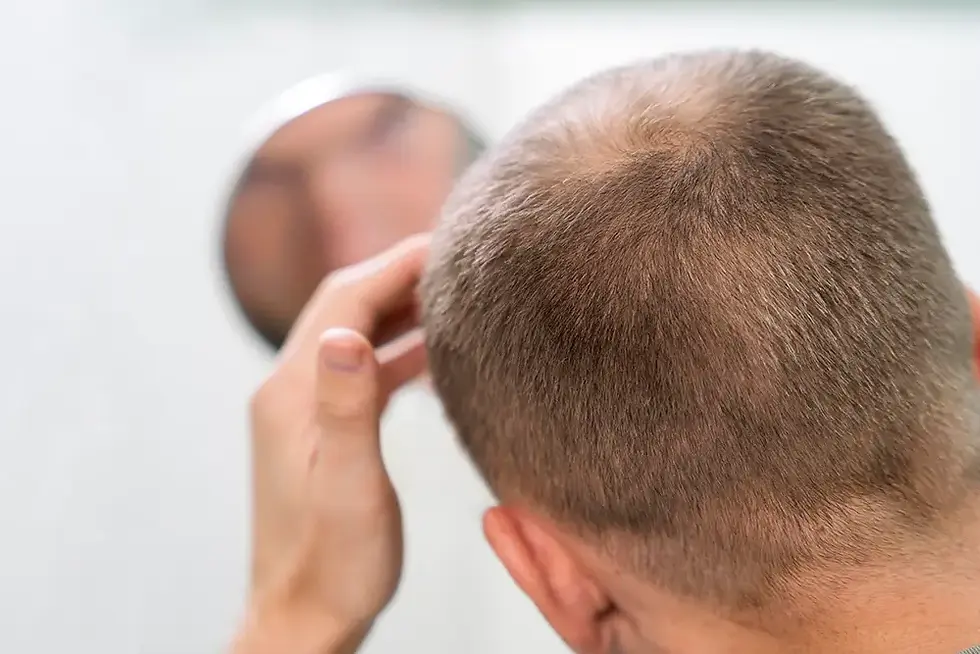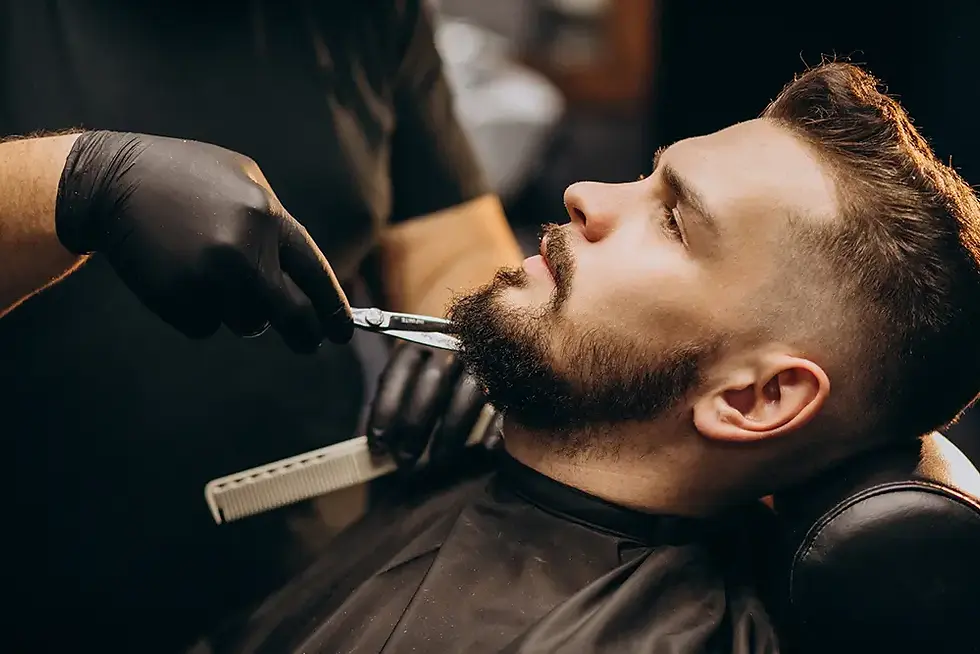What Is Polyamory? A Man’s Guide to Open Relationships
Explore what polyamory means for men seeking honest, open relationships. Gain clarity on trust, communication, and building strong meaningful connections
Understanding Your Partner's Past With Confidence
Gain clarity and build stronger connections by understanding your partner's past with confidence. This guide helps men overcome insecurity and strengthen trust
What Women Really Want in a Partner: Insights for Modern Men
Modern men gain clarity into what women really want in a partner. Explore key traits that inspire trust, connection, and long-term lasting attraction
10 Creative Virtual Dating Ideas for Modern Relationships
Modern relationships thrive with virtual dating ideas that spark connection and fun. Explore creative ways to bond online and make every moment memorable
Understanding the Male Vulnerability Gap in Modern Love
Many men face hidden emotional barriers that shape love and connection. This article shows how understanding the male vulnerability gap strengthens love
Understanding Your Partner's Needs for a Stronger Bond
Understanding your partner's needs helps build trust and strengthen emotional connection. Improve communication and strengthen your bond with real actions
Understanding Your Attachment Style for Better Bonds for Men
Gain clarity on relationship patterns with insights into understanding your attachment style. Build stronger bonds and boost emotional confidence for men
Understanding Childhood Experiences in Men’s Relationships
This article explores how early experiences shape men's emotional patterns and relationship behaviors. Gain clarity to build stronger, healthier bonds
Understanding Your Emotional Triggers for Better Bonds
Strengthen relationships by understanding your emotional triggers and responding with clarity. Build confidence, reduce conflict, and connect more genuinely
Understanding Women's Signals and What They Really Mean
Decode subtle cues and gain clarity on understanding women's signals with confidence. Build stronger connections by reading emotions, intentions, and boundaries




Comments